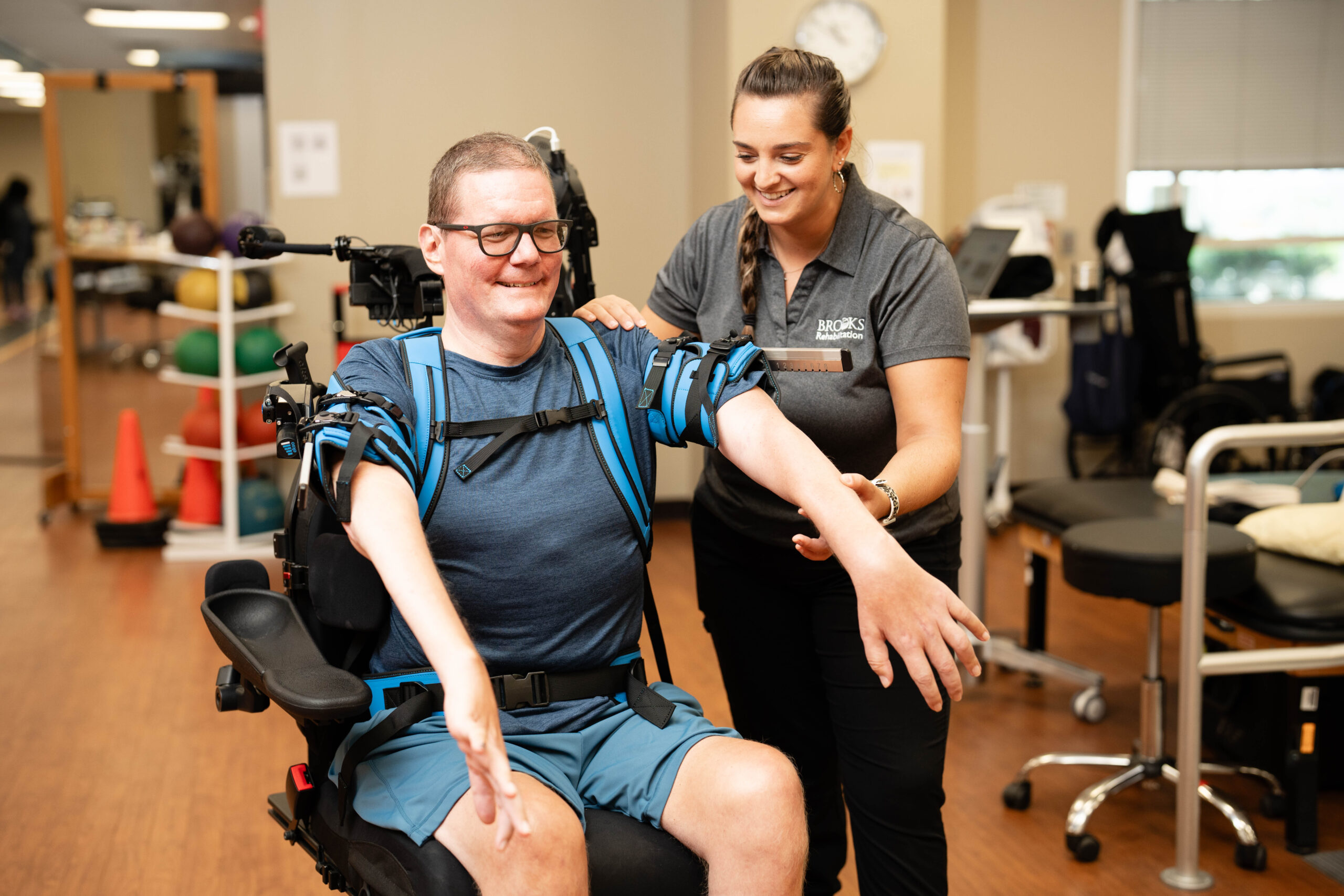Our services
Need physical therapy, occupational therapy, speech therapy, cognitive or behavioral therapy? We have the right care setting with the right service to empower you to achieve your highest level of recovery.
Conditions we treat
As a leader in physical rehabilitation, we provide comprehensive rehabilitative services for multiple physical and neurological conditions for both adults and pediatric patients.
Get started at Brooks Rehabilitation
Latest News and Health Resources from Brooks
Education and guidance to support your recovery
Podcast | Episode 26: Center for Innovation (Live at AAP in Phoenix)
Welcome to the Brooks Rehabilitation podcast where we talk with our rehabilitation professionals and shed light on the stellar programs and services we offer to help our patients...





